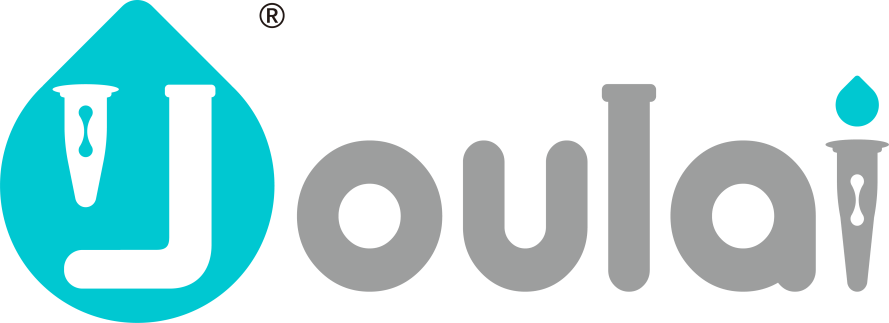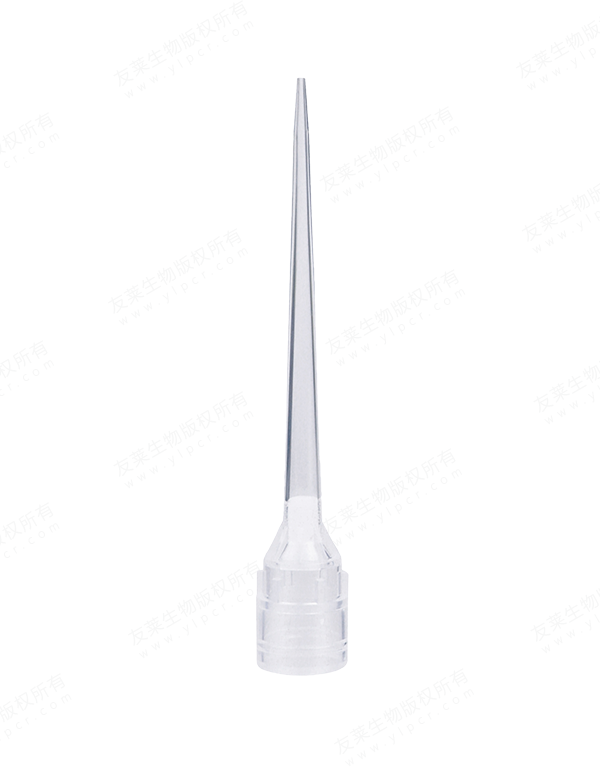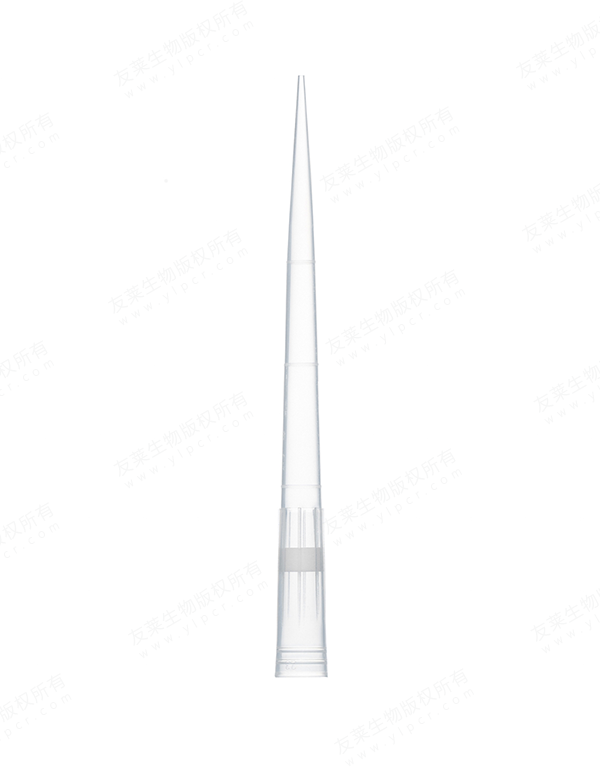PCR Sealing Films continue to evolve alongside advancements in molecular biology techniques and laboratory automation, driving innovation in their design and functionality. These films, originally developed to seal PCR plates and microplates during thermal cycling, now incorporate several innovative features that enhance their performance and versatility.
One notable trend in PCR sealing films is the development of films with enhanced adhesive properties. These films utilize advanced adhesive formulations that provide a stronger bond to PCR plate wells, minimizing the risk of film displacement during thermal cycling. Enhanced adhesion ensures a more reliable seal, particularly in high-throughput applications where plates are subjected to rigorous handling and temperature fluctuations.
Another innovation is the integration of pierceable films with resealable properties. These films allow for multiple access points to individual wells using automated liquid handling systems or manual pipetting. This feature reduces the need for complete film removal, thereby minimizing exposure to contaminants and maintaining reaction sterility throughout the experimental process.
Furthermore, there is a growing demand for PCR sealing films compatible with diverse PCR plate formats, including standard 96-well plates, 384-well plates, and even specialized microfluidic devices. Manufacturers are responding by offering custom-designed films that conform precisely to the dimensions and specifications of different plate types, ensuring compatibility and optimal performance in various PCR applications.
In parallel with technological advancements, sustainability has become a focal point in the development of PCR sealing films. Manufacturers are exploring eco-friendly materials and manufacturing processes to reduce environmental impact while maintaining product efficacy and performance. Biodegradable films and recyclable packaging solutions are emerging as viable alternatives, aligning with global efforts towards sustainable laboratory practices.
Looking ahead, the future of PCR sealing films holds promise for further integration with digital PCR (dPCR) technologies and point-of-care diagnostic devices. Innovations in material science and microfabrication techniques are expected to drive the development of next-generation films that enhance sensitivity, resolution, and multiplexing capabilities in molecular diagnostics and research.

 English
English русский
русский 中文简体
中文简体




